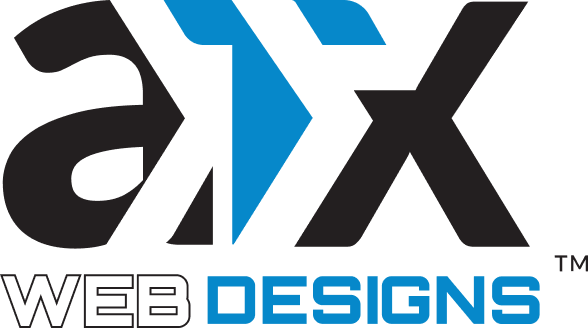In the rapidly evolving world of technology, web development has emerged as a sought-after skill, with professionals and beginners alike eager to harness its potential. Web development boot camps have gained traction as an expedited route to mastering this skill. But the question looms: are these boot camps truly worth the investment of time and resources? In this blog post, we’ll delve into the world of web development boot camps and dissect whether they live up to the hype.
The Pros: Fast-Track Learning and Practical Skills
Web development boot camps are designed to offer an accelerated learning experience. They condense months of learning into a matter of weeks, immersing students in a focused curriculum. This intensive approach can be beneficial for individuals seeking quick results. Boot camps often prioritize hands-on, project-based learning, providing students with practical skills that are directly applicable to real-world scenarios.
Cost-Effectiveness and Accessibility
Compared to traditional degrees, web development boot camps are relatively cost-effective. They offer a targeted curriculum, sparing students from taking unrelated courses. Additionally, many boot camps offer flexible learning options, including part-time and online formats, making them accessible to individuals who can’t commit to full-time, on-campus programs.
Networking and Career Support
Boot camps often provide opportunities for networking and mentorship. Industry professionals might lead workshops, share insights, and offer guidance. Additionally, career services are a common feature, helping students with resume building, interview preparation, and job placement. This support can be invaluable, especially for individuals transitioning into the tech industry.
The Cons: Depth vs. Breadth and Long-Term Learning
While web development boot camps offer swift skill acquisition, they may lack the depth of a comprehensive computer science degree. The condensed nature of boot camps might mean skimming over certain fundamental concepts that are crucial for a holistic understanding of web development. Moreover, the fast-paced environment can be overwhelming for some learners.
The Importance of Self-Discipline and Continuous Learning
Web development is a dynamic field that requires continuous learning. Boot camps provide a foundation, but the onus is on the individual to stay updated with evolving technologies and trends. The fast-paced nature of boot camps might leave little room for cultivating the self-discipline necessary for ongoing self-improvement.
Making the Right Choice
Web development boot camps can be a springboard into the tech industry, especially for those seeking to transition careers swiftly. They offer practical skills, networking opportunities, and a focused curriculum. However, their condensed nature might sacrifice in-depth learning and foundational knowledge. Ultimately, the decision to join a web development boot camp depends on your goals, learning preferences, and commitment to continuous learning beyond the boot camp itself. If you’re ready to embrace an intense learning experience and supplement it with ongoing self-education, a boot camp might just be the right investment for you.





